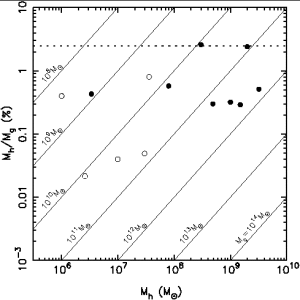Science Seen Physicist and Time One author Colin Gillespie helps you understand your world.
Black Hole Breakout
The latest science news features a big black hole that is way too big. Big black holes are hot these days. There are two reasons. Big black holes are so extreme they confront us with puzzles that test the limits of our theories. And new telescopes are showing us more crazy things that big black holes are doing. For both of these reasons black holes are stars in the universe’s movie. American astrophysicist Kimberly Weaver says:
“Black holes have a bad reputation. In many ways, it is deserved. They are the most efficient engines of destruction known to humanity.”
That bad rep makes for interesting physics. Astronomers can’t see black holes but they can see the edges of destruction that they wreak. Their stage consists of billions of stars that congregate in rotating discs called galaxies with great empty gulfs between them. At the center of each galaxy astronomers see signs of a black hole that typically is millions or billions of times more massive than our Sun. They try to apply the laws of physics to explain how these black holes can form from galaxies, or how galaxies can form from black holes. So far they have no good answer to these questions.
The masses of galaxies and of their central big black holes (aka active galactic nuclei or AGN) appear closely related. The black holes tend to hold about a two-hundredth of the masses of their galaxies. The image shows a summary. It leads to a question. Black holes are always hungry. Why not more mass? This is but one of many black-hole puzzles. Others include: How do black holes power vast axial jets? And how do black holes grow so fast so soon in the universe’s story? When they’ve eaten one two-hundredth why do they stop?
But now an international team of astrophysicists using several telescopes has found CID–947, a galaxy so distant in both space and time they see it just two billion years after the universe began. It holds a black hole of some seven-billion solar masses that holds as much as one-eighth of the mass of its galaxy. This is twenty-five-times more than was observed in any other galaxy. Like all oddball scientific observations this gives rise to further questions: How did this black hole begin? How did it get so big compared with its galaxy? How did it grow so fast?
I have my own take on this and many oddball observations. Time One says they all have an explanation that arises from the way the universe began. Australian topologist Sundance Bilson-Thompson shows how all kinds of matter’s made of what I call the knots in Nature’s knitting, tangles in the links between space quanta I call flecks because collectively they fizz like foam. I say that primeval black holes formed from this foam in the first moments of the universe’s growth. And here is a prediction: What physicists (with needless mystery) now call Dark Matter will turn out to be simply those by-now well-fed black holes.
Sources:
Kimberly Weaver (2007), “The Galactic Odd Couple”, Scientific American Reports, April; http://www.scientificamerican.com/article/the-galactic-odd-couple-2007-04/
Benny Trakhtenbrot et al. (2015), “An Over-Massive Black Hole in a Typical Star-Forming Galaxy, 2 Billion Years After the Big Bang”, Science, Washington: AAAS, vol. 349, p. 168; http://www.sciencemag.org/content/349/6244/168.full
Other Materials:
Colin Gillespie (2013), Time One: Discover How the Universe Began, New York: RosettaBooks, p. 217, http://www.rosettabooks.com/book/time-one/; “The Problem of the Missing Holes”, http://www.timeone.ca/chapters/the-problem-of-the-missing-holes.pdf
Image credit: D. O. Richstone, in IAU Symposium 184, The Central Region of the Galaxy and Galaxies, ed. Y. Sofue (1998).

No comments yet.